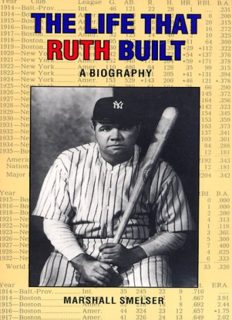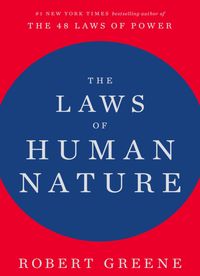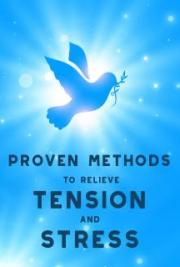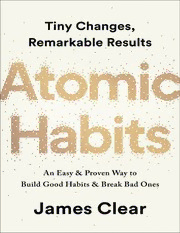
The Life That Ruth Built Free Download
 University Of Nebraska Press
University Of Nebraska Press
In the early 1920s, Babe Ruth’s legendary baseball career was bringing new attention to the game and transforming New York City. This book tells the story of that transformation — from Ruth and his “new” approach to the game against crosstown rival John McGraw’s more classical style to the opening of Yankee Stadium in 1923 and the subsequent World Series. With beautiful, true-to-event illustrations reminiscent of Norman Rockwell and fact-filled pages featuring the teams, stadium, and that fateful game, The Life That Ruth Built will captivate fans of baseball history.
This book includes a timeline, a list of key events, and a quiz. It also features many pull-out facsimile reproductions of archival memorabilia such as the 1923 World Series program, newspaper articles chronicling the great Yankee’s record-setting achievements, and a souvenir program from that first game at Yankee Stadium.
Readers will learn how Ruth’s childhood experiences helped shape the person he would become as both baseball hero and American folk hero. In his youth, he struggled with alcohol and depression. He was an orphan at age seven and spent most of his early years in St. Mary’s Industrial School for Boys, a Baltimore institution run by the lay Catholic order of the Xaverian Brothers. He was deeply influenced by the Brothers who ran the school, and he developed a strong Catholic identity.
Throughout his professional career, he sought to inspire young people with words of wisdom and advice. He took his role as patron saint of children seriously, visiting orphanages and hospitals (often with his beloved wife Helen in tow). He often wrote ghost-written columns aimed at America’s kids and emphasized the importance of fair play, good sportsmanship, and teamwork. Occasionally, he strayed from the path of virtue; for example, when he was suspended by manager Ed Barrow for his late-night carousing, he went to confession at St. Mary’s and subsequently apologized to his fans (Montville 2006).
Although recent scholarship has debunked many myths about Ruth, he still holds an important place in American culture as both a hero of the common man and an emblem of American exceptionalism. This book will help readers understand his enduring legacy.





